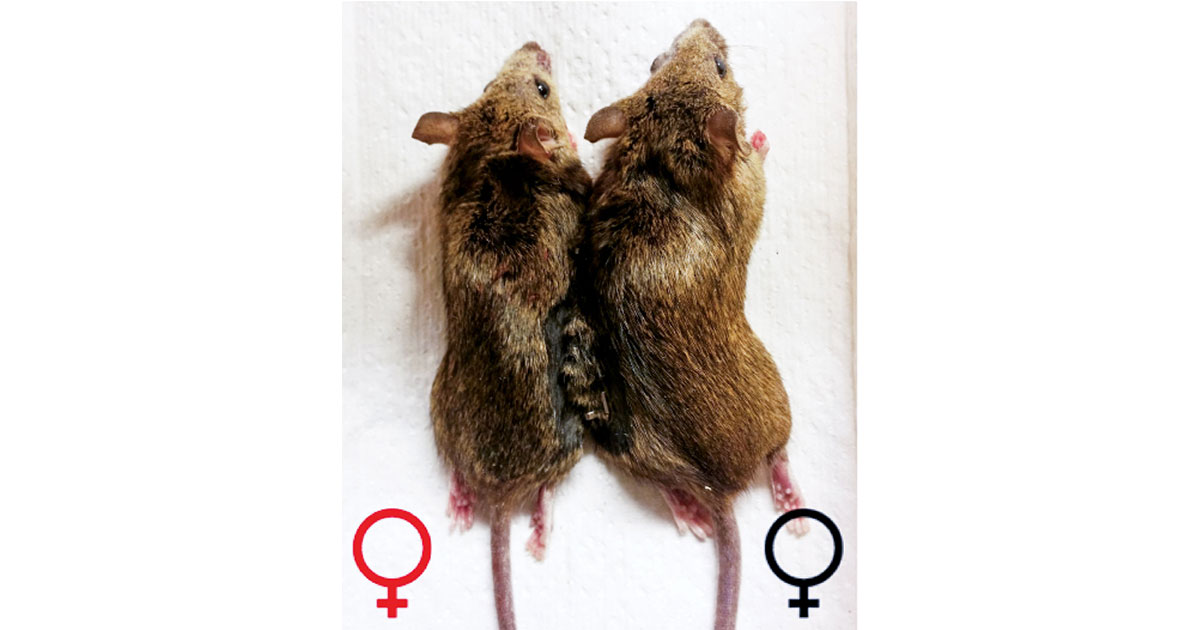Advertisement
Grab your lab coat. Let's get started
Welcome!
Welcome!
Create an account below to get 6 C&EN articles per month, receive newsletters and more - all free.
It seems this is your first time logging in online. Please enter the following information to continue.
As an ACS member you automatically get access to this site. All we need is few more details to create your reading experience.
Not you? Sign in with a different account.
Not you? Sign in with a different account.
ERROR 1
ERROR 1
ERROR 2
ERROR 2
ERROR 2
ERROR 2
ERROR 2
Password and Confirm password must match.
If you have an ACS member number, please enter it here so we can link this account to your membership. (optional)
ERROR 2
ACS values your privacy. By submitting your information, you are gaining access to C&EN and subscribing to our weekly newsletter. We use the information you provide to make your reading experience better, and we will never sell your data to third party members.
Biological Chemistry
Clathrin Smuggles Quantum Dots Into Living Cells
A neuropeptide helps slip CdSe-ZnS quantum dots through cell membranes by recruiting clathrin, a protein that facilitates endocytosis
by Aaron A. Rowe
August 17, 2009
| A version of this story appeared in
Volume 87, Issue 33

Peptide coatings can help nanoparticles slip into cells, a process that may prove useful for in vivo imaging or drug delivery if scientists can clear up how it works. Now, Abdulaziz Anas, Mitsuru Ishikawa, Vasudevanpillai Biju, and coworkers with Japan’s National Institute of Advanced Industrial Science & Technology have a better idea after thoroughly studying the insect neuropeptide allatostatin and learning that it helps CdSe-ZnS quantum dots pass through cell membranes by recruiting clathrin, a protein that facilitates endocytosis by forming vesicles around foreign substances (ACS Nano, DOI: 10.1021/nn900663r). The researchers suspected that allatostatin might be gaining access to cells via galanin receptors. But when they blocked those receptors, it didn’t have much influence on the influx of quantum dots. By inhibiting PI3K, a kinase that is crucial to the formation of clathrin vesicles, they noted that fewer than half of the quantum dots made their way in, leading the team to conclude that most of the nanoparticle entry is clathrin-mediated. The remainder of the quantum dots may be entering through electrostatic interactions with molecules in the cell membrane, thanks to an arginine residue on allatostatin, they suggest.




Join the conversation
Contact the reporter
Submit a Letter to the Editor for publication
Engage with us on Twitter